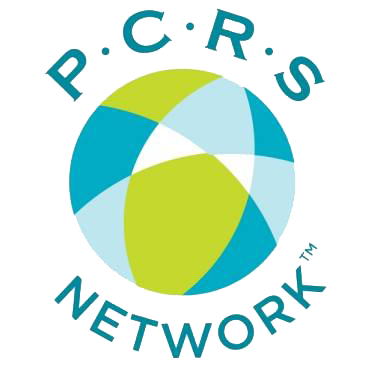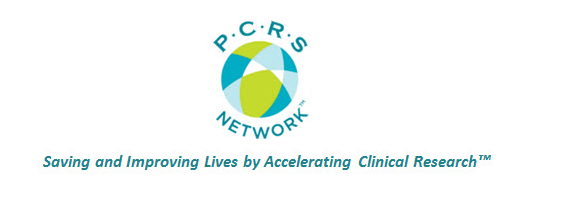While returning home from the MAGI East 2015 Conference, I happened upon an article about time management. The article offered the observation by psychologist Guy Winch that people who are chronically late for meetings typically suffer from “. . . blind spots in the calculation of time. They’ll figure out how long it takes to drive from point A to point B, but they won’t account for the time needed to leave their apartment, get to the parking lot, and get in their call. Small-ticket items add up, causing them to be late.”[i] The article seemed particularly timely.
In more than one session at the conference, either in those I presented or attended, there was discussion about the disparity between how much time is budgeted by a sponsor to complete various protocol required procedures versus the actual time required.
Discussions like those above are necessary and beneficial for maintaining a healthy relationship between Sponsors, CROs, and Investigative Sites. However, talking simply is not enough. So let me offer a solution.
The solution is to conduct a time study. Developed by Frederick Winslow Taylor, the principals and processes for performing a time study are detailed in his book The Principles of Scientific Management.[ii] Applying this to clinical research, a study is done in which those responsible for performing the individual procedures and tasks required by the protocol (including other study documentation such as the lab manual, eCRFs, training materials, Informed Consent Form (ICF), and monitoring plan) perform “mock” procedures, capturing the actual time required under real-world conditions to conduct the series of tasks required to complete the procedures. When done properly, a time study provides a realistic view of the time and effort required to conduct the procedures as they would be performed in an actual clinical research site setting.
For example, let’s take the seemingly simple task of obtaining consent from the prospective study volunteer (Subject). In a simple analysis, the time spent with the Subject specifically to review the ICF is recorded. For the sake of this example, let’s assume that this process takes thirty minutes. But in the real-world, simple tasks almost always consume more time than anticipated. This is where Taylor’s time study proves invaluable.
Let’s take the ICF example further and compare the time estimate to complete that task. First, the Subject must check-in at the reception desk. Basic Information is obtained in preparation for the screening visit. Let’s say this 1st step takes ten minutes. Then the study Coordinator is notified that the subject is ready to proceed to review the ICF with the Principal Investigator (PI).
Before meeting the Subject, the Coordinator must obtain the most current version of the ICF, so he checks the regulatory binder to ensure that the version of the ICF he prints is the correct version. Another five minutes of time is consumed before he proceeds to the lobby to meet the Subject.
After exchanging greetings and polite conversation, the Subject is escorted to a consenting room. Another ten minutes has now ticked by.
Next, the PI is notified that all is in order and the Subject is ready to be seen. The PI now makes her way to where the Subject is waiting, they exchange greetings, and she begins reviewing the ICF with the Subject. Add another ten minutes.
Finally, the PI describes the study and carefully reviews the ICF with the Subject, paragraph-by-paragraph. Throughout the review of the ICF the PI answers the Subjects questions, and she questions the Subject to ensure that he understands, among other things, all the terms used, expectations, responsibilities, and risks involved in participating in the study. Thirty minutes later, the Subject signs the ICF, and the Coordinator is called back into the room to escort the Subject to the next station, where vital signs will be recorded and the screening process begins. Another five minutes has expired.
In this example, from beginning to end, it took an hour and ten minutes to complete the ICF review with the Subject because of the mix of several Site personnel required to actually complete the Informed Consent step. That is more than double the original estimate.
This is only an example, but it is indicative of the differences in estimated time required to complete specific procedures. Because the ICF varies based on the complexity and risks of particular studies, the time required to simply review the ICF with the Subject will vary, but the steps involved preceding and following that time are just as real and just as necessary as the time spent in the actual review of the ICF with the Subject. The time spent from the first interaction with the Receptionist until the Subject is prepared to move on to the next procedure are all incorporated into the ICF process.
This sort of “lead and follow” time occurs, in varying degrees, with every procedure and task included in the Schedule of Visits dictated by the study protocol. The time incurred is real and necessary, but frequently is not considered by Sponsors and CROs when estimating the time required to complete the tasks involved in conducting a study. If not included, this lost time must be added to the “hidden” costs of conducting the study, which factor into overhead (a topic for a future article).
The use of time studies is engrained in many other industries and has been in wide use for over a century. Perhaps it’s time for Sponsors, CROs, and Sites to cooperate in analyzing the time required by Sites to complete study procedures.
If thorough time studies were routinely conducted, it is likely that tensions between Sites and Sponsors/CROs over study budget issues could be minimized, the time required to negotiate budgets could be decreased, and study enrollment could begin sooner.
Given the prospect of completing studies quicker and making better drugs and devices available to everyone sooner, it seems to be worth a try.
[i] Time for a Change, Southwest® The Magazine, May 2015
[ii] Taylor, Frederick Winslow, The Principles of Scientific Management, Harper & Brothers Publishers, 1911

